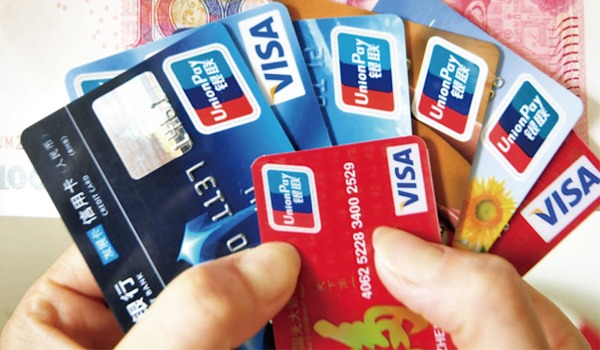No, it isn’t the latest summer dance craze. The credit card shuffle is a technique used to minimise the interest that you are paying on credit card debt, fairly simply and easily. It can be used whether you have one or multiple credit cards, or if you have a credit card and an overdraft. Here’s how to do the shuffle:
Step 1 – Try for a Cheaper Rate
Call up your credit card lender and ask them for a cheaper rate – it’s as simple as that. If you can get your existing lender to cut the rate then that’s job done, with much less hassle! But why would they do that, when they make their money out of charging you interest? The fact is that the credit card market is a competitive one, with banks and lenders keen to attract, and keep, business. Rather than lose you as a customer, they may match a cheaper rate that you’ve seen on another card, saving you the job of switching.
Step 2 – Check Other Rates
If you have no joy with step one, now’s the time to start shopping around for cards which offer better rates. It’s easy to transfer a balance from one card to another, although there are sometimes fees involved so this needs to be factored into the overall savings made from swapping.
It’s important to remember that the best deals will be reserved for those with the highest credit scores. You can do a quick credit check on this site to see your own score and credit history.
Step 3 – Move Your Debt
Once you’ve compared credit card deals, it’s time to get shuffling! You can download a free worksheet at www.moneysavingexpert.com to help you keep track. Overdrafts can also be shuffled (and usually should be as they can often be the most expensive form of borrowing).
Remember, if you have several credit card debts to shuffle around, you want to put the highest interest paying debt on the lowest interest paying card, to maximise your savings.
Step 4 – Pay Off Your Debt
This is a very important step that shouldn’t be forgotten. Don’t be tempted to add to your debt because you’ve made savings or applied for another credit card. Be sure to pay off the most expensive debt first, making minimum payments on 0% interest cards and those with lower interest rates, while you tackle the debts that are costing you the most.
It might not quite be a case of ‘every day we’re shuffling’, but spending some time doing the credit card shuffle will be worthwhile.
Have You Been Shuffling?

Smart idea to be honest. Have around $3000 credit card debt on one card. It starts as interest free for 12 months, so around 6 months from now it bumps up to 17% interest.
Would be interesting to see if you can get a new card to pay off the old card to prevent having to pay interest.
And even more interesting to see if you can leverage yourself like this to deposit the money from the credit card in an investment account to profit from the money you obtained but pay no interest on 🙂
Hey Kari… You can certainly do this and will likely have to pay a one time ‘transfer fee’ (2-5%). The new card will then give you an interest free period to pay the money back. I know a number of people who have use credit cards to invest – it sometimes works, but often doesn’t! VERY risky idea in my opinion! Nice travel blog..